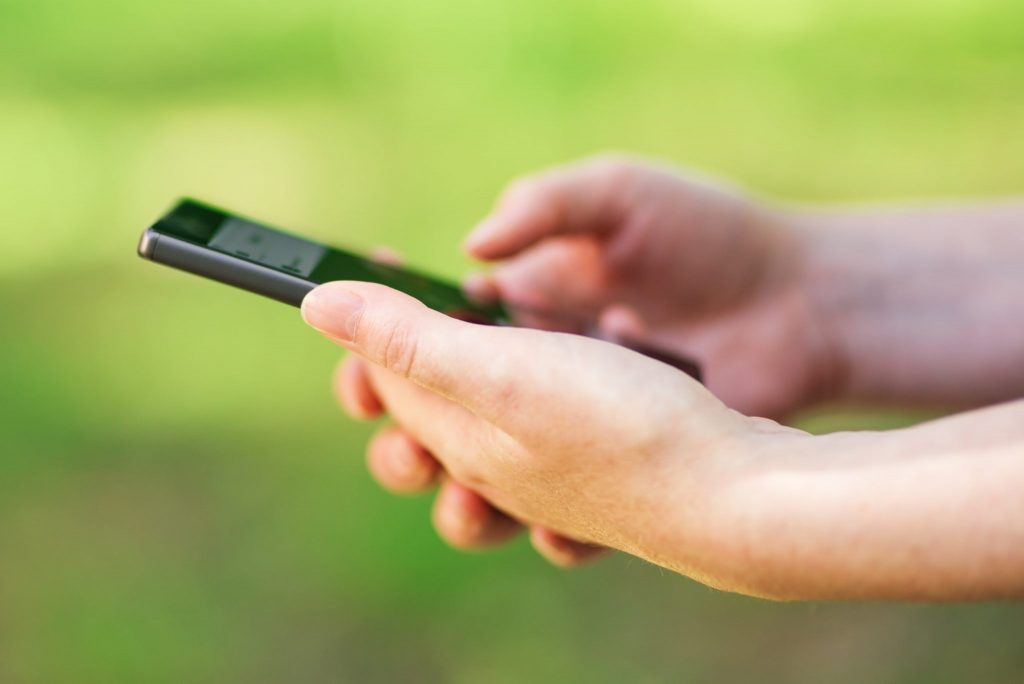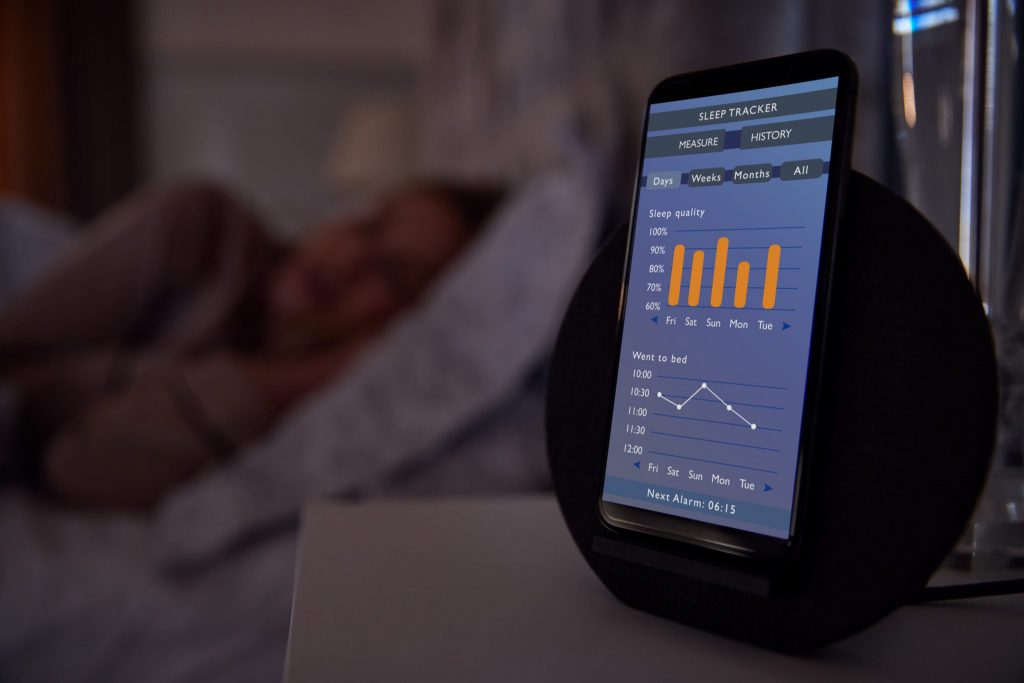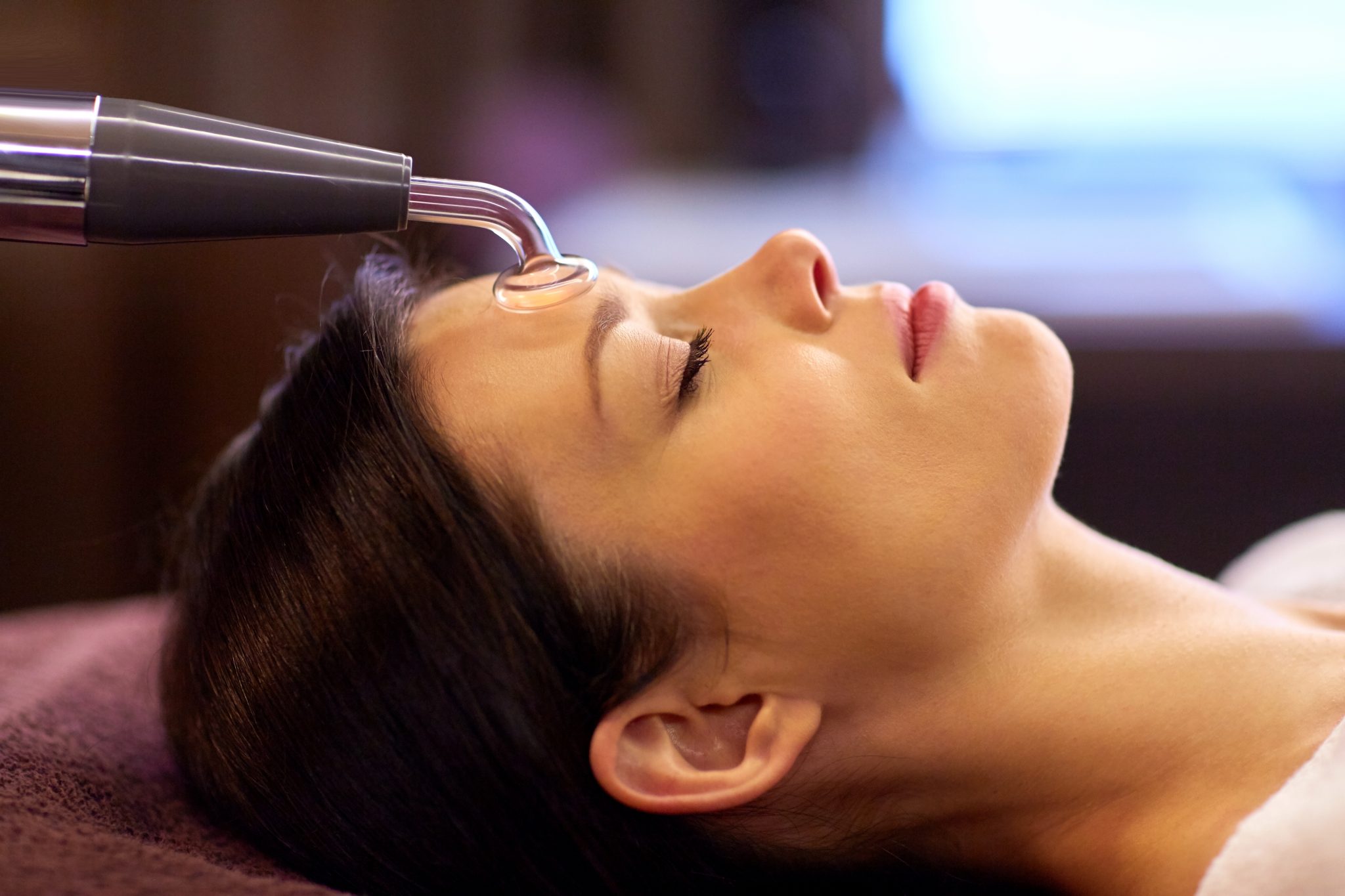6 April 2020
First Published by TravelDailyNews.
Anyone who knows me knows that I share the common consensus that spas should offer an escape from technology. Thailand Spa and wellness retreats have always been epicentres of detox – be it physical, mental, or digital. In fact, many of the Thailand spas we create at GOCO Hospitality focuses on holistic, digital-free environments and experiences that are sans-technology. However, times are changing. People are becoming more and more addicted to dopamine, and obsession with technology is real.
It’s All in The Balance
Connectivity is driving our desires in ways never seen before, and technology is, even more, a part of our everyday life. When it comes to the spa, pushing back against this change will fail.
As industry leaders, we need to begin embracing technology, or more specifically, embrace ways that adapt to the guest’s unrelenting attachment to technology.
Whether it’s through data-driven service platforms or hands-on technological integration into spa experiences, we need to find ways to appeal to the “switched-on” guest.
A quick Google search will bring millions of articles on wellness, and more of those than ever are discussions that are paired with a tech trend, app, or innovation that is trying to add something unique. From virtual reality meditation retreats, Thailand to wearable patches that measure skin pH levels and smart toilets – the world of wellness is abuzz with technology.
But for a place designed to free mental space and for quiet relaxation, how can we ensure that the core concept of spas and wellness retreat Thailand as a whole is not a loss in the process? For me, it’s all about balance.
The Dopamine Crave

With every like, our dopamine levels dance. 4.48 billion people are active internet users and 5.11 billion unique mobile internet users in the world today, according to Statista, with the majority of users located in China, India, the United States, and other parts of East Asia.
In everyone’s pocket sits a smartphone that is over a million times more powerful than the Apollo 11’s guidance computer that landed us on the moon.
People are now allowing computers to control their thermostats at home, installing AI cameras to watch and feed their pets and wearing headbands that track brain signals. When it comes to wellness in your pocket, gone are the days of the humble mood ring. Today, digital data is king.
According to the Global Wellness Institute, technology for measuring emotions has made great strides, and its application is expanding.
Apps are tracing behavioural patterns and data-driven journeys – both inside and outside the Thailand spa experience – are leading the average consumers’ understanding of their own mental and physical state.
Smartphones, for their sins, can offer up exact indications of a user’s state depending on the apps they use and the records they keep.
When it comes to staying off tech, there are even apps that help you keep track of your digital-detox goals – although, for me, this level of irony is too hard to swallow.

As trends in 2019 lean more towards mindfulness and sleep-related wellness practices, people are turning to their phones for assistance. Calm, a meditation and relaxation app, was in the top ten most downloaded health apps this year.
Another one is an app that reminds you to drink water. People are crying out for a simplification of wellness – if an app can guide their wellness journey, then that’s one less thing to concentrate on. It’s a unique approach, but it seems to be gaining traction.
The evidence is clear: The wellness industry is merging with the data economy, and we must ensure the industry adapts to fit a data-driven future.
The most valuable companies in the world are all tech-based, and to keep up with the leaders; wellness needs to be digitally adaptive.
Apple, Google, and Amazon are biohacking their way into wellness, and Silicon Valley is the new pioneer of wellness, with integrated wellness finding its way across all types of platforms. As the GWI thoughtfully predicts in their recent report titled Wellness 2030, they state:
“The wellness industry will have to decipher the wishes of its customers and create offers that match them. The software will create a perfect match between the consumer and what’s on offer. Users will be able to choose from personalized menus, as they do with Netflix.”
Checking Into The Spa

Although almost dystopian to the purists among us, the industry must pick up its surfboard and ride the wave of technological obsession and digital innovation if it is to stay relevant to the plugged-in consumer.
From behind-the-scenes innovations that improve wellness experiences to guest-facing data analytics, technology can have a role in almost every aspect of the spa experience…if applied correctly.
With some genuinely ground-breaking projects in the GOCO Hospitality pipeline, we are pushing the boundaries on how tech and wellness can be married together to create a positive result. Learn more from Balancing Wellness Retreat for Future Thailand Spa Technology.
Our Glen Ivy Hot Springs property is developing new ways to integrate tech into the day-spa experience and meditation retreat Thailand, and we have also invested in SpaceCycle. This Northeast Asian pioneer is blurring the lines between fitness, music, star power, and technological solutions.
For the modern-day consumer, the best guest journeys start before they are anywhere near the spa, beginning with asking the right questions and collecting data that then enables therapists to tailor treatments to the guests’ exact needs.
Using spa technology can also help spa team members become more efficient, focusing less on management tasks and more on delivering a personalized guest service.
Those on a detox regime who wear a smartwatch can keep up with their body’s changes and have their treatments and diets adjusted on the fly thanks to real-time data that can have positively profound results on the result.
Connecting those results with social media no only fuels the need to continually share, but also offers a better sense of accomplishment while also providing a pinch of free marketing for the spa in the process.
When it comes to design and development, technology is great and helping with the planning and execution stages.
With a high degree of accuracy, computers can perfectly place spa lighting that recreates the glow of natural sunlight.
At the same time, architectural plans can be digitally assessed for acoustics and airflow before they build.
On the face of it, technology brings endless opportunities for us to improve our wellness offering and improve our wellness at the same time.
However, a balance needs to be found, and for many – myself included – this over-obsession with tech is teetering on the edge of a disaster waiting to happen.
Finding The Balance
Adding too much tech to the Thailand spa experience will still leave guests jarring at the juxtaposition of escape and blinking machines, and according to a recent ISPA report, spa-goers are even more likely to see a technology ban as a positive rather than a negative.
Therefore, a balance needs to strike – one that is malleable enough for the fleeting trends of the consumer, while also marginal enough to not dilute the wellness philosophy as a whole.
One person trying to find a balance is Jeremy McCarthy, the Group Director of Spa & Wellness at Mandarin Oriental. In a self-published article, he writes that the spa and wellness retreat Thailand is a place to disconnect from our devices and experience the new luxuries of the modern age: silence, touch, and calm.
By encouraging a mindful approach to technology use, their Digital Detox initiative has proven to be a great success, and their more recent Silent Night program that offers a quiet no-music no-talking escape away from technology has also been a refreshing change of pace.
Thailand spa clearly needs to hold focus on traditional treatments and techniques that encourage the human touch and momentary isolation.
Dr. Amit Sood from Mayo Clinic says that when we get 20 likes on Facebook, we no longer feel we need to hug our mothers.
Technology brings us great opportunities on both personal and industry levels, but it distracts us from personal relationships and dilutes our physical experiences of the real world.
I’m a firm believer in no-phones in Thailand spa – and it should stay that way. The absence of personal technology is clearly still a refreshing oasis from the digital world, but I’ve learned that digital alternatives provided by Thailand spa and wellness retreats have their perks.
With an enlightening few months behind me, I am ready to approach the new decade with a brand-new perspective on technology that is both eager yet cautious.
It’s great to be able to offer new tech as part of the spa experience but to keep wellness firmly in the realm of wellness, unplugging and focusing on personal healing and rejuvenation should remain front and centre.
Wellness, after all, is about what’s on the inside, not what’s on social media.

